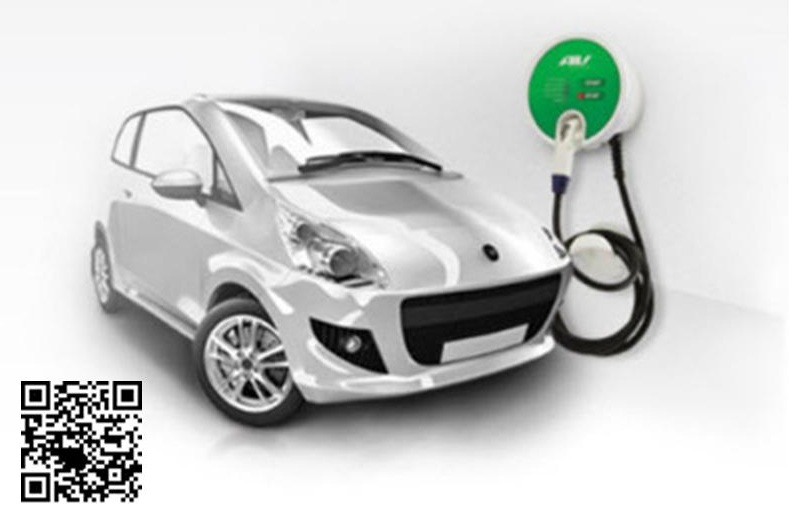The share of the mobile marketplace in the country has now reached above the halfway point.
According to the latest technology news, Android has now broken the halfway mark and represents over 50 percent of the smartphones that are used within the Chinese mobile market space.
Google’s mobile operating system is moving ahead of the competition in leaps and bounds.
This data was announced in a technology news report by the Kantar Worldpanel ComTech, which discussed the size and strength of Android within the massive market in China. The report showed that by the end of March, this year, Android had a 51.4 percent controlling share over the Chinese mobile marketplace.
This technology news continued to surprise because iOS held only the third place in the Chinese market.
 Second place, behind Android, was Symbian. Apple’s devices make up only 19.9 percent of the Chinese mobile market, while Symbian is a notable but not enormous step above at 23 percent. That said, while this shows that Symbian has fallen by 2 percent in its own market share, iOS has maintained about the same strength. This suggests that Apple isn’t necessarily advancing as much as Android is taking on some of Symbian’s former market share.
Second place, behind Android, was Symbian. Apple’s devices make up only 19.9 percent of the Chinese mobile market, while Symbian is a notable but not enormous step above at 23 percent. That said, while this shows that Symbian has fallen by 2 percent in its own market share, iOS has maintained about the same strength. This suggests that Apple isn’t necessarily advancing as much as Android is taking on some of Symbian’s former market share.
Should similar technology news trends continue to occur, it does look as though Symbian will be losing its spot in second place within the next 2 quarters, at which time it is likely that Apple will be gaining that position. Again, this doesn’t mean that iOS is necessarily moving up in the size of its market share, but rather shows that Symbian is losing ground and that Android is gaining. This means that the gap between the leader in the Chinese mobile market and the second place operating system will continue to grow.
Smartphone penetration in the country also made technology news headlines, though not quite as dramatic as Android. Last quarter the penetration increased to 42 percent. The director of consumer insight at Kantar Worldpanel ComTech, Craig Yu, said that “Feature phones are losing their price advantage as Android smartphones are rapidly becoming more affordable and delivering better value.” He added that “We expect to see accelerated smartphone adoption in China in the coming months.”

 The group spoke at the International Emobility Conference that was held in Germany and explained that the QR codes allow the owners of electric cars to charge their vehicles at any stations without having to obtain a membership with that specific station’s owner.
The group spoke at the International Emobility Conference that was held in Germany and explained that the QR codes allow the owners of electric cars to charge their vehicles at any stations without having to obtain a membership with that specific station’s owner.